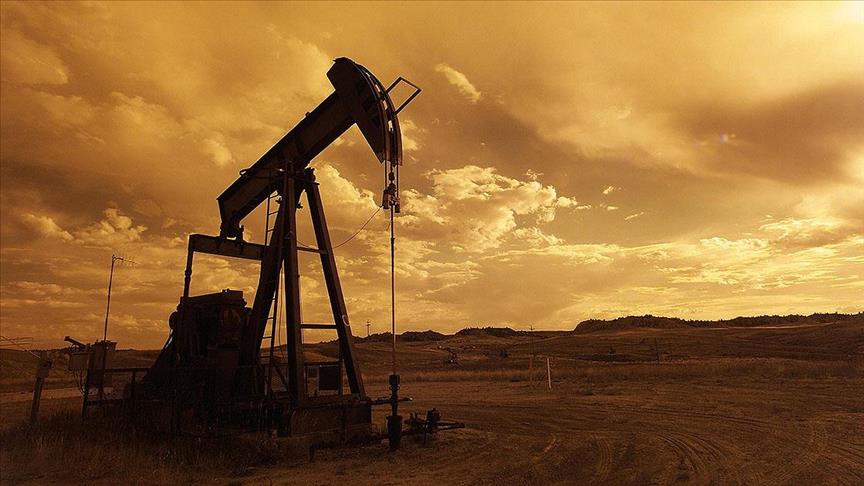Oil prices fell steadily on Friday due to demand concerns, with the US Federal Reserve (Fed) signaling further rate hikes after raising its benchmark interest rate by 25 basis points while investors await the release of China’s industry data.
International benchmark Brent crude traded at $82.12 per barrel at 09.37 a.m. local time (0637 GMT), down 0.06% from the closing price of $82.17 a barrel in the previous trading session.
American benchmark West Texas Intermediate (WTI) traded at $75.75 per barrel at the same time, a 0.17% loss after the previous session closed at $75.88 a barrel.
‘Crude oil was relatively unchanged as the market awaits evidence of stronger demand from China,’ Australia and New Zealand Banking Group commodity strategist Daniel Hynes said in an e-mailed note.
The country’s road traffic levels sharply increased amid the Lunar New Year holidays.
In addition, a congestion index comprising the 15 largest cities showed a weekly increase of more than 200%.
‘Despite this rapid increase in mobility, Chinese traders have been relatively absent from markets,’ Hynes added.
Prices came under pressure following the increase in the US Fed’s benchmark interest rate by 25 basis points on Wednesday in a bid to fight inflation.
‘Inflation has eased somewhat but remains elevated,’ the Fed said in a statement. Last year, the US Federal Reserve raised the interest rate by 425 basis points seven times.
Fed Chair Jerome Powell said he expects the Federal Open Market Committee will continue rate hikes. ‘Our judgment is that we’re not yet at a sufficiently restrictive policy stance, which is why we say that we expect ongoing hikes,’ he said.
‘In this situation where we still have the highest inflation in 40 years, … it would be very premature to declare victory … Our goal is to bring inflation down,’ he added.
An unexpected rise in US crude oil inventories further exerted downward pressure, signaling weak demand.
US commercial crude oil inventories increased by 4.1 million barrels during the week ending Jan. 27, according to data released by the Energy Information Administration (EIA) late Wednesday.
Inventories rose to 452.7 million barrels, against the market expectation of a decrease of around 1 million barrels.
The higher-than-expected increase in inventories signals a drop in demand in the US, which limits the rise in oil prices.

